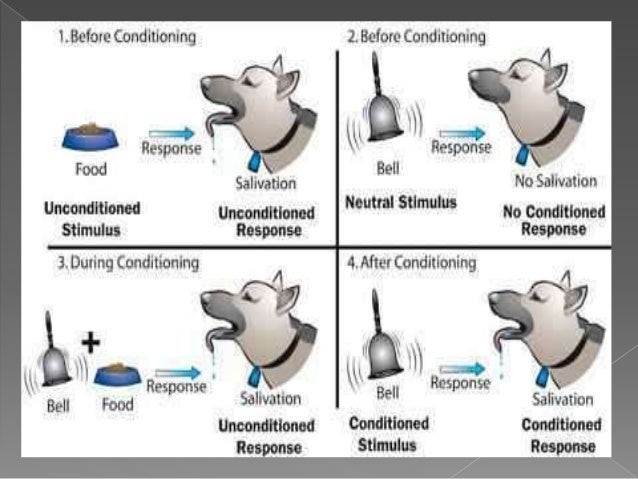
In this experiment the lever pressing behavior is reinforced by food. The rat soon learned that when he pressed the lever he would receive some food. When the lever was pressed by the rat a small pellet of food was dropped onto a tray.

In one of Skinners’ experiments a starved rat was introduced into the box. It contains one or more levers which an animal can press, one or more stimulus lights and one or more places in which reinforcers like food can be delivered. One of his best known inventions is the Skinner box (operant conditioning chamber). He took the notion of conditioned reflexes developed by Ivan Pavlov and applied it to the study of behavior. He especially was interested in stimulus-response reactions of humans to various situations, and experimented with pigeons and rats to develop his theories. Regretfully, we do not advise students to undertake this Pavlov’s seminal experiment since it involves some surgical abilities, out the limits of high school students’ expertise, and more important, we think that hurting innocent animals is not ethical, at least not for the purpose of a science fair project.įrederic Skinner's work was influenced by Pavlov’s experiments and the ideas of John Watson, father of behaviorism. In 1904 Pavlov was awarded the Nobel Prize for physiology for his work on digestive secretion. This confirmed Pavlov theory that the dog had associated the bell ringing with the food. When this occurs, Pavlovian conditioning or classical conditioning has occurred, in that a new, or conditioned, reflex has developed. Over time, however, the dog comes to salivate at the sounding of the bell rings alone. Initially, the dog shows little responsiveness to the bell rings.

The dog's salivation to meat is an unconditioned reflex - it is in-born, in that dogs do not have to learn to salivate when food is placed in their mouths. Normally, meat causes a hungry dog to salivate, whereas rings have little effect. Periodically, a bell was rang, followed shortly thereafter by meat being placed in the hungry dog's mouth. The dog, which was food deprived, was then harnessed in an apparatus to keep it steady in order to collect saliva.

In a now classic experiment, Pavlov first performed a minor operation on a dog to relocate its salivary duct to the outside of its cheek, so that drops of saliva could be more easily measured. One of Pavlov’s dogs with a surgically implanted cannula to measure salivation, preserved in the Pavlov Museum in Ryazan, Russia Rklawton - CC 3.0ĭuring the 1890s, Ivan Pavlov, A Russian psychologist, studied the secretory activity of digestion.


 0 kommentar(er)
0 kommentar(er)
